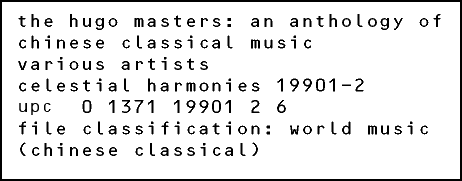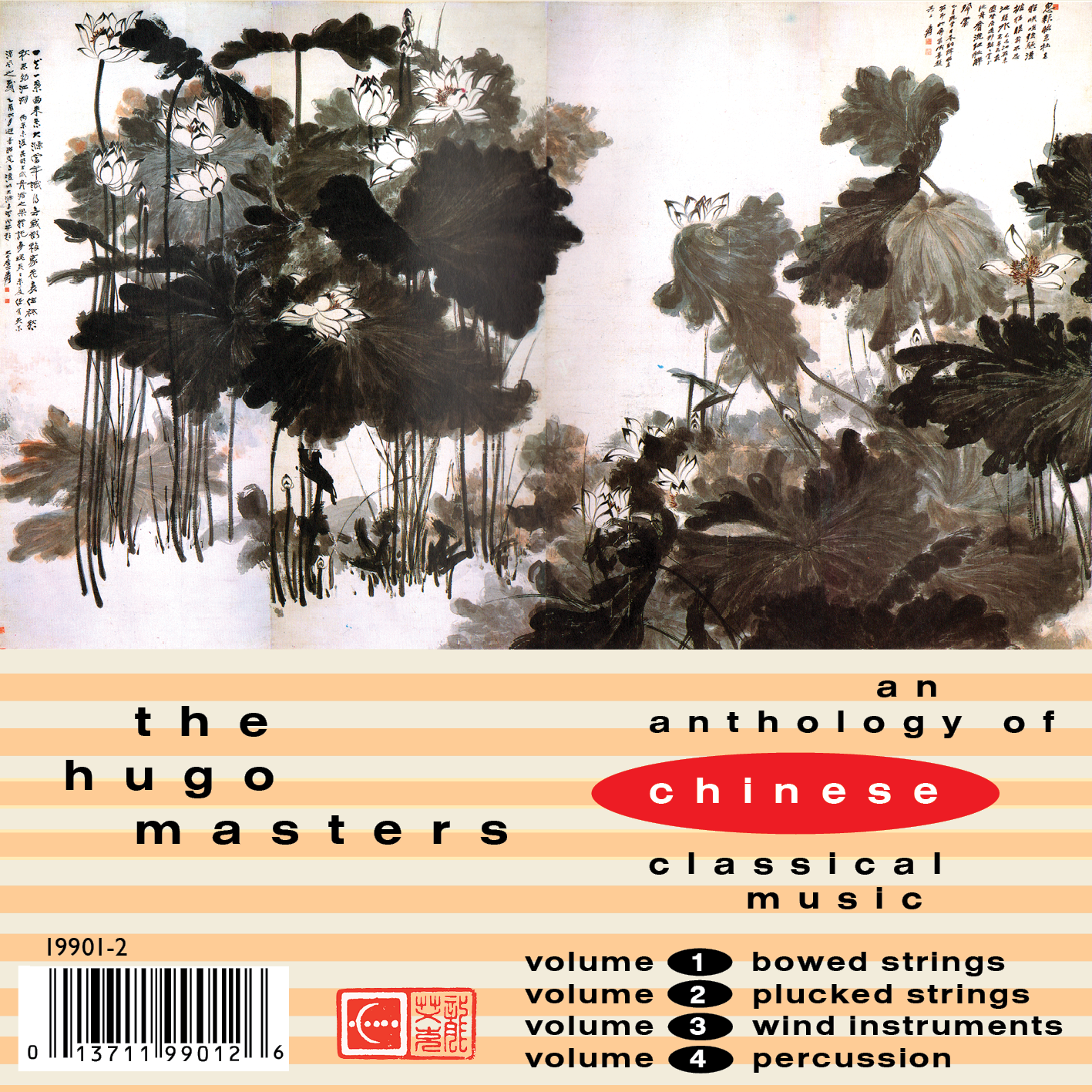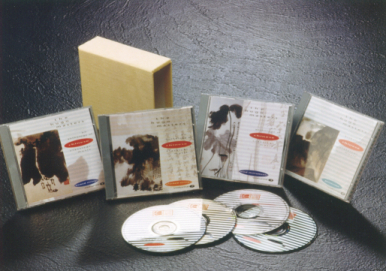 |
||||||||
 
Musik hatte seit Beginn der chinesischen Kultur eine enorme Bedeutung im spirituellen, ethischen, sozialen und therapeutisch-medizinischen Bereich. Der erste der fünf mythischen Kaiser, Fu Hsi (etwa um 2850 v. Chr.), gilt als Begründer des I Ging und als „Erfinder“ der Musik. In der Folgezeit überprüften die Herrscher den aktuellen Stand der harmonischen Ordnung ihres Reiches, indem sie sich Musik aus den verschiedenen Landesteilen vorführen ließen. Auf der Grundlage der Lehre von der kosmischen Lebenskraft Chi, dem Prinzip von Yin und Yang und den fünf Elementen entwickelte sich in der Zhou Dynastie (1066-256 v.Chr.) ein effektives musiktherapeutisches System, das erst vor wenigen Jahren von chinesischen Medizinern „wiederentdeckt“ wurde und seitdem auch offiziell zur Heilung von Körper und Geist eingesetzt wird. 
the projectChinese classical music is a much larger field than Western classical music. It covers a huge geographical area as well as a time frame of thousands of years. Although some of China's musical instruments have changed very little in hundreds of thousands of years, others were adapted to Western standards under the influence of Russian musicians during the middle of this century. In some cases, frets were added to non-chromatic instruments and tonalities standardized. The liner notes of The Hugo Masters contain extensive documentation of the various instruments used in Chinese solo and orchestral music, with descriptions of their history and modifications, as well as an essay to help Western listeners understand the background of Chinese classical music. The instruments fall into four categories, each constituting a separate compact disk: bowed strings, plucked strings, woodwinds, and percussion. These disks are available individually or as a collector's series in a beautifully designed silk boxed set. The music itself is highly varied and richly emotional. The music paints pictures of China's people, their culture and homeland, and their dreams and their despair. The Hugo Masters is a joint effort of the Hugo and Celestial Harmonies labels to bring this definitive anthology to listeners worldwide. This is the first time these recordings have become available to audiences outside of Hong Kong. For listeners unfamiliar with Chinese classical music, these works are a powerful and emotional awakening. Just a few of the titles give a measure of the scope: Like Waves Against Sand, Ambush, and Moonlit Night of Stone Forest. the artistsThe Hugo Masters is an impressive collection which contains the treasures of China's vast musical tradition recorded and documented to the highest standards. It appeals as much to the casual fan of world music as to the serious student of Chinese music.The name, The Hugo Masters, refers to the Hugo label of Chinese musician, producer and engineer Aik Yew-goh. This extremely talented young man spent years recording China's old master musicians, capturing their virtuoso talent with his scrupulously high quality recording techniques. In some cases, it was a last chance to gather such recordings. China's classical music comes from an oral tradition, a tradition discouraged and very nearly wiped out following the 1911 Chinese Revolution. Mr. Aik searched the continent for musicians who were alive before the revolution and were still able to pass on their formidable knowledge. Cover art: CHANG Dai-Chien (1899-1983), GIANT LOTUS (1945). Four-paneled painting, 358 x 596 cm. the series
|
||||||||
|
|
||||||||
 |


